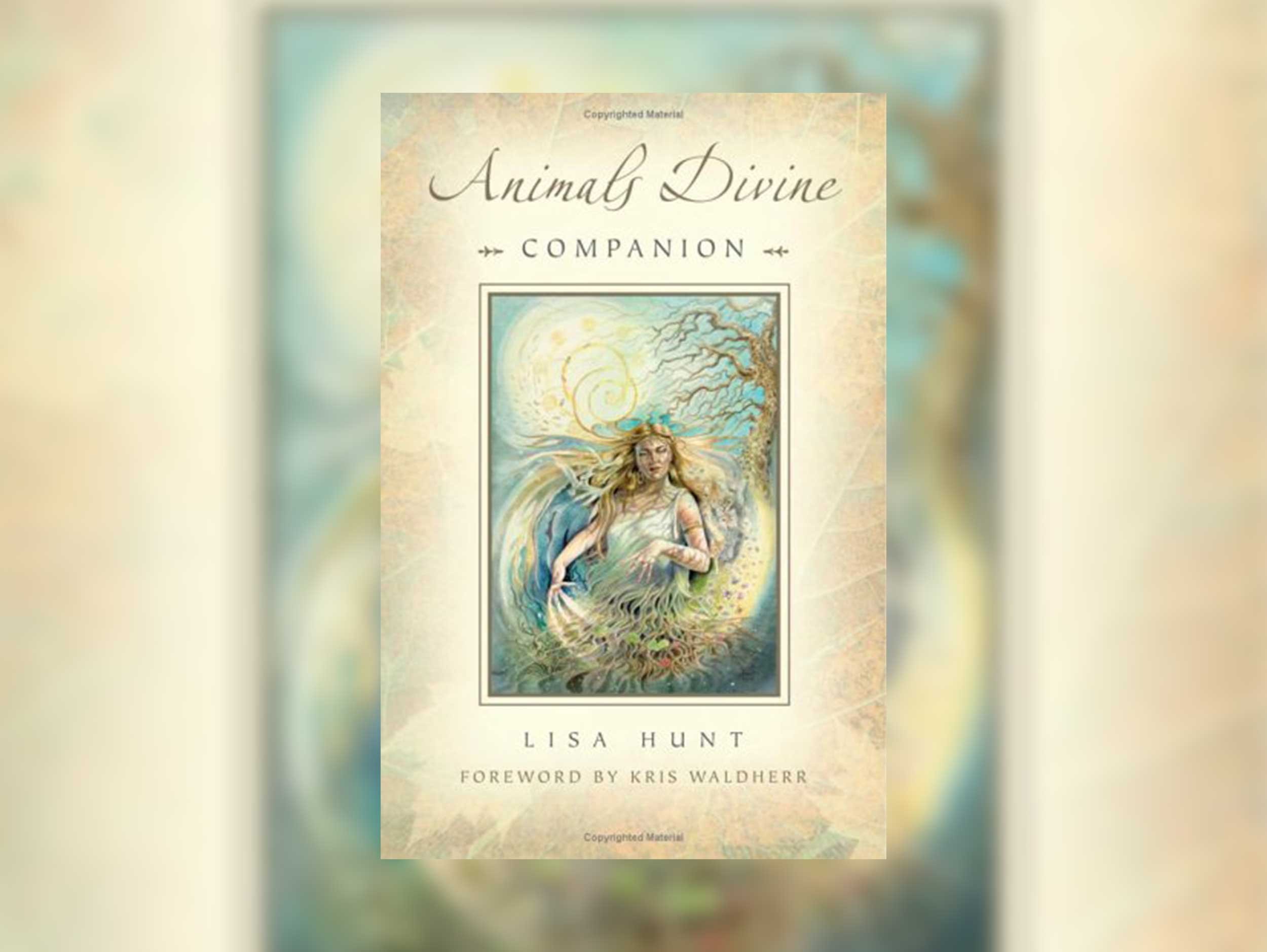
Welcome to my Community Blog for tarot enthusiasts.
Anyone with an interest in tarot, be they student, artist, collector, writer, teacher or reader, is welcome to
to include here.
Introducing the Animals Divine Tarot
Christiana reviews the Animals Divine Tarot by List Hunt
The Animals Divine Tarot, by Lisa Hunt, was published by Llewellyn Worldwide in 2005. It is Lisa Hunt’s third Tarot deck, and the first that she has done as a solo project. It has already received awards and acclaim in both the art world and the Tarot world.
Animals Divine proposes some specific and spiritual ideas. One is simply that all animals are our teachers. That by watching the traits and behaviors of animals we can find the easiest and best ways to deal with our own challenges. As we consider this concept we can easily take it a step further, to the concept that we all have instinctive and intuitive natural behaviors. If we can, like animals, access those core traits and behaviors, we will be living more in synch with our own nature, and with the natural world.
That leads us to the second concept; that all life is part of a web, and interconnected. Each card in the Animals Divine Tarot somehow reminds us of the cycles and rhythms of life. The third concept is that all life is sacred, and that all life has a purpose. No life form should be considered inherently irritating or dangerous. Instead, we must respect and honor all creatures of the earth. As we approach Animals Divine, then, we must do it with a sense of reverence for all life, and a willingness to learn from even the lowliest creature, and to see that we are connected to all the creatures of the planet.
The Animals Divine Tarot falls into three different Tarot categories. One is the category of Animal-themed Tarot decks, of which there are a countless number. Some animal Tarot decks focus on a specific animal, such as the Medieval Cat Tarot or Tarot of the White Cats. Others focus on mythical animals, such as the many dragon Tarots or the Unicorn Tarot. There are also decks that feature animals from a specific region or culture, such as the Australian Animal Tarot.
Animals Divine Tarot distinguishes itself in three ways. First, it focuses on animals and animal myths and deities throughout the world. These images are universal, rather than limited to a specific species or region. Second, all the animal images are surrounded by symbols from their natural world. You will not find a leopard carrying a pocketbook, or a seal wearing clothing. You will find that each card is rife with symbolism that is well explained in the companion book. The symbolism is part of the natural landscape of each card, making each card a celebration of the natural world.
The second category is one that I am calling “archetypal assignment” Tarot. In this type of Tarot deck, Tarot designers find elements within a particular group of characters and assign one to each Tarot card. They find a connection between that particular character and the standard archetype associated with the particular card. Characters that have been previously used include deities, mythical characters from a variety of cultures and even rock musicians. Tarot artists such as Kris Waldherr and Julie Cuccia-Watts join Lisa Hunt in making this type of Tarot a modern standard. It means that artists no longer need to rework the standard and familiar Tarot images, and are free to express those archetypes with other kinds of images. For instance, in Animals Divine, Major Arcana 12 is not an image of a figure hanging by one foot. Instead, it is the Hanged Woman who is the Spider Woman of Native American culture. She is shown weaving her web, rather than hanging upside down. This type of Tarot deck also reminds us that each Tarot image is an archetype, and that each archetype is present in every culture.
The problem comes in when an artist assigns a particular character to a particular card in a way with which a particular tarot student may not agree. Students need to see their disagreement with an assignment as a valuable teaching tool. With assignments that you don’t like or don’t understand, spend some time puzzling it out. The artist’s assignment may give you a new way of understanding the particular card. The time you spend thinking and meditating on it may increase your own understanding of the card.
Archetypal assignment Tarot decks are particularly good decks to help us increase our understanding of Tarot as a whole. Some Tarot students feel that they offer more spiritually-based readings, rather than readings that predict specific events and discuss mundane issues. Overall within the Tarot community there is a move away from the “fortune-telling” aspect of Tarot and a move toward a more meditative and spiritual use of the cards. Archetypal assignment decks are part of that trend.
Thirdly, Animals Divine Tarot is most definitely a Pagan Tarot. There are many Pagan, Shamanic and Wiccan decks on the market. What separates Animals Divine from the pack is that you don’t need to be Pagan to use it. Yes, it offers a world view that honors all life. Yes, it suggests that nature is sacred and is our sacred teacher. It even honors the Pagan deities of many cultures. It admonishes us to be better stewards of our planet. But it does not preach a particular religious structure or practice beyond that.
Animals Divine is a valuable study tool for the serious Tarot student, a wonderful tool of spiritual discovery for anyone who honors nature, and a solid deck of divination for those seeking answers to life’s many questions.

